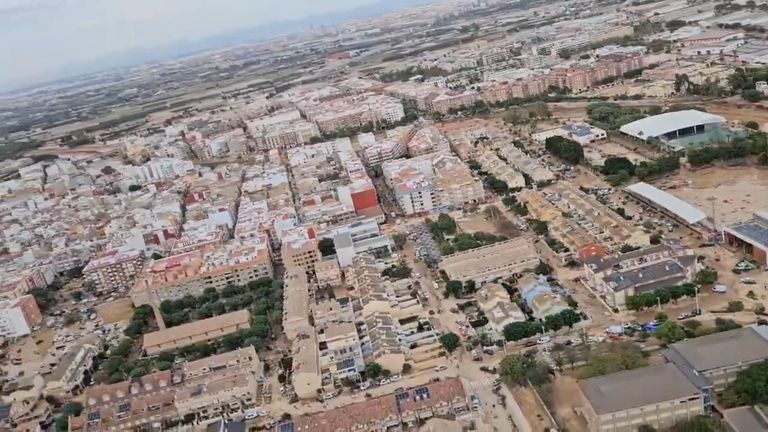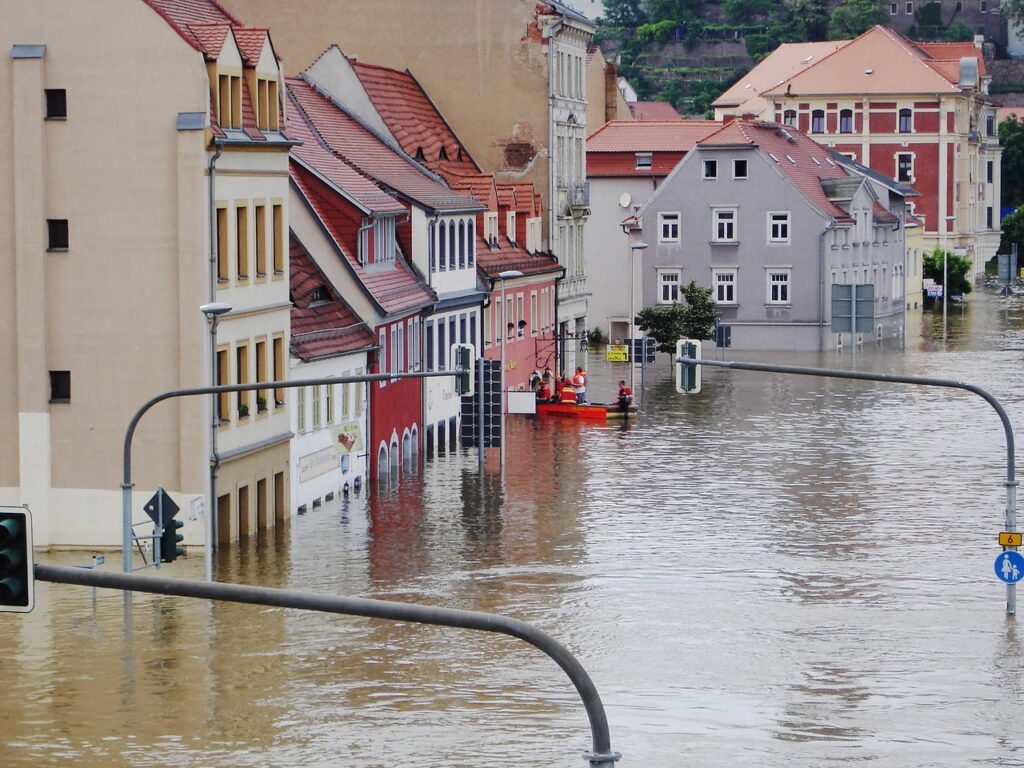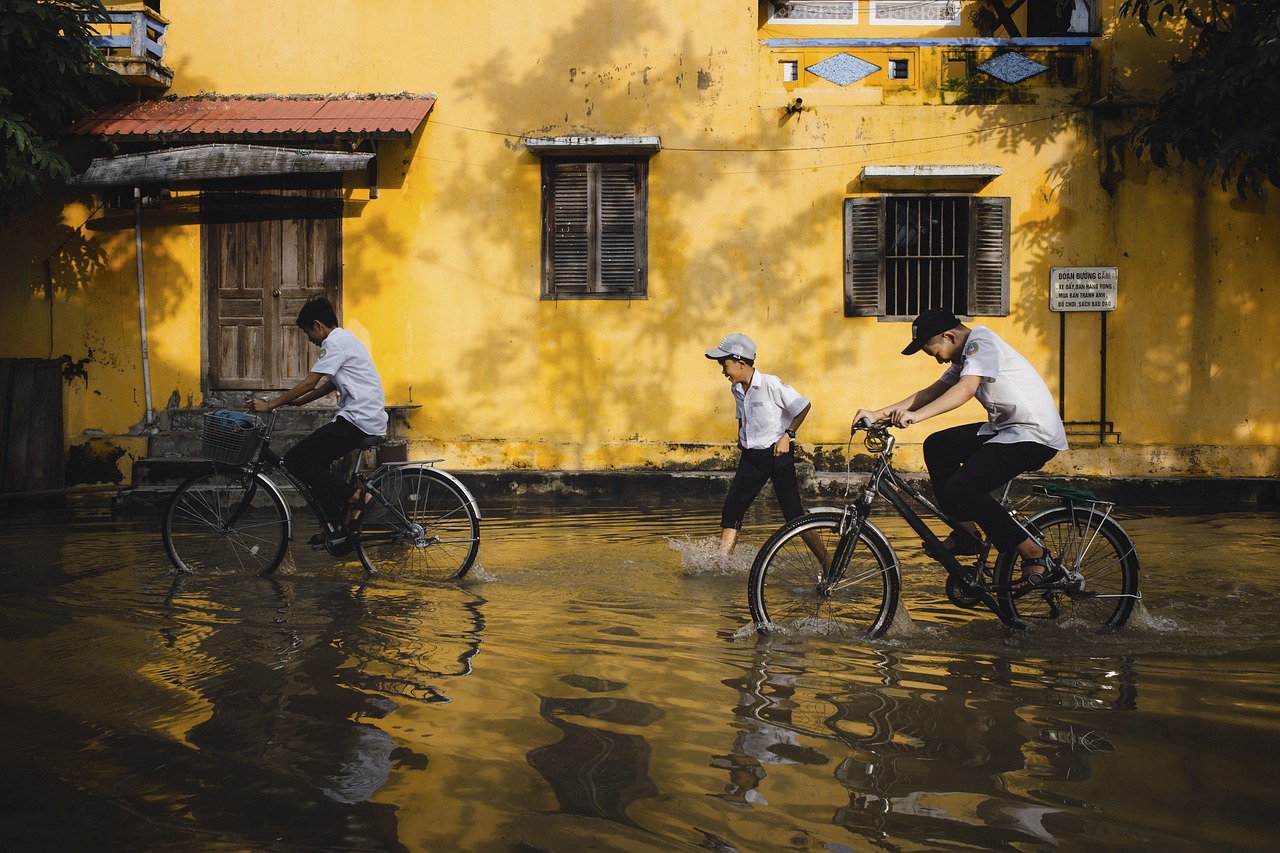In one of Spain’s deadliest natural disasters in recent memory, catastrophic floods have wreaked havoc across the country’s eastern regions, particularly in Valencia and its surrounding provinces. Triggered by record-breaking rains, the disaster has claimed at least 205 lives, left 89 people unaccounted for, and displaced thousands from their homes. As the country mourns, emergency teams continue intensive rescue and recovery operations in the affected areas.

The Disaster Unfolds: Torrential Rain and Sudden Flooding
The disaster struck without much warning on October 30, 2024, as an unprecedented storm system unleashed nearly a year’s worth of rainfall within eight hours across parts of eastern Spain. The storm front, intensified by unusually warm Mediterranean waters, dumped rain across a region unprepared for such deluge. Valencia, Alicante, and Castellón were hardest hit, while additional damage was reported across Andalusia and Castilla La Mancha.
In Valencia alone, rain levels reached historic highs, with some areas recording as much rainfall in hours as they typically would in 20 months. This intense rainfall combined with previously drought-hardened soils created a flash flooding situation, with water sweeping through towns, submerging homes, and turning roads into rivers that swept away vehicles and destroyed infrastructure.
Loss of Life and Ongoing Search Efforts
As of the latest reports, over 1,000 members of Spain’s emergency and military rescue teams are assisting local authorities in search-and-rescue operations. Drones, helicopters, and specialized equipment have been deployed to scour neighborhoods, cars, and submerged homes. Some areas, accessible only by air, have seen dramatic helicopter rescues as well as rescues by inflatable boats. Despite these efforts, 89 individuals remain missing, including a mix of locals and tourists. Many victims were found trapped in cars or overwhelmed in homes flooded without warning.
Temporary morgues have been set up in Valencia to accommodate the rising number of casualties, and a courthouse has been converted for this purpose. Families across Spain await news of loved ones, while the government has declared three days of national mourning to honor the lives lost.
Infrastructure and Economic Impact
The floods have disrupted all forms of infrastructure across the eastern Spanish coast. Railways were destroyed, including high-speed train lines linking Valencia to Madrid, and repairs could take weeks. Power outages affected over 150,000 people in Valencia alone, and water shortages persist in several communities. Farming areas, often referred to as “Europe’s garden” for their extensive fruit and vegetable exports, saw greenhouses and fields decimated. The economic toll is expected to be massive, with initial estimates placing damages in the billions as entire towns assess the destruction of public and private property.
Role of Climate Change in Extreme Weather Events
Experts indicate that the scale of these floods is a byproduct of climate change, with the warmer Mediterranean Sea likely exacerbating the storm’s intensity. Spanish meteorologists and international experts, including World Weather Attribution scientists, have confirmed that climate change has doubled the likelihood of such storms in recent years. Rising temperatures and irregular rainfall patterns have strained Spain’s water management systems, which are increasingly challenged by frequent extreme weather events.
Public Criticism and Calls for Improved Warning Systems
While the response from rescue teams has been swift and ongoing, public frustration is mounting over what some claim was inadequate advance warning. Spain’s national weather service had issued a red alert hours before the storm, but the Valencian regional government reportedly delayed sending alerts to residents until flooding had already begun. Several residents and local officials have called for better emergency protocols, such as more rapid mobile phone alerts and localized evacuation plans to prevent such high casualty rates in future incidents.

FAQs on Spain’s Recent Flooding Crisis
1. What caused the floods in eastern Spain?
The floods were caused by an exceptionally intense storm system that brought nearly a year’s worth of rainfall in just hours. The unusually warm Mediterranean waters helped intensify the storm, while the region’s recent drought left soils hardened and unable to absorb the sudden rainfall, leading to flash floods.
2. How many people are affected by the floods?
Over 205 people have died, with at least 89 still missing. Thousands more have been displaced, with substantial damages to homes, businesses, and public infrastructure in eastern Spain.
3. Is climate change responsible for these floods?
Experts believe climate change has played a role by intensifying storms and contributing to erratic rainfall patterns. Spain has experienced more frequent and intense weather events in recent years, partially due to rising global temperatures and Mediterranean warming.
4. What has been the government’s response?
Spain’s government has deployed more than 1,000 military personnel to assist with rescue efforts and has declared three days of mourning. The government has also promised a review of emergency alert systems and disaster response protocols.
5. How can people help?
National and international organizations are accepting donations for flood relief. Volunteers are encouraged to assist in clean-up efforts, where safe, and to support local relief initiatives aimed at helping displaced residents rebuild.
This tragic event serves as a reminder of the urgent need to address climate resilience, improve disaster response systems, and prepare communities for an era where extreme weather events are increasingly common.
Sources The Guardian


